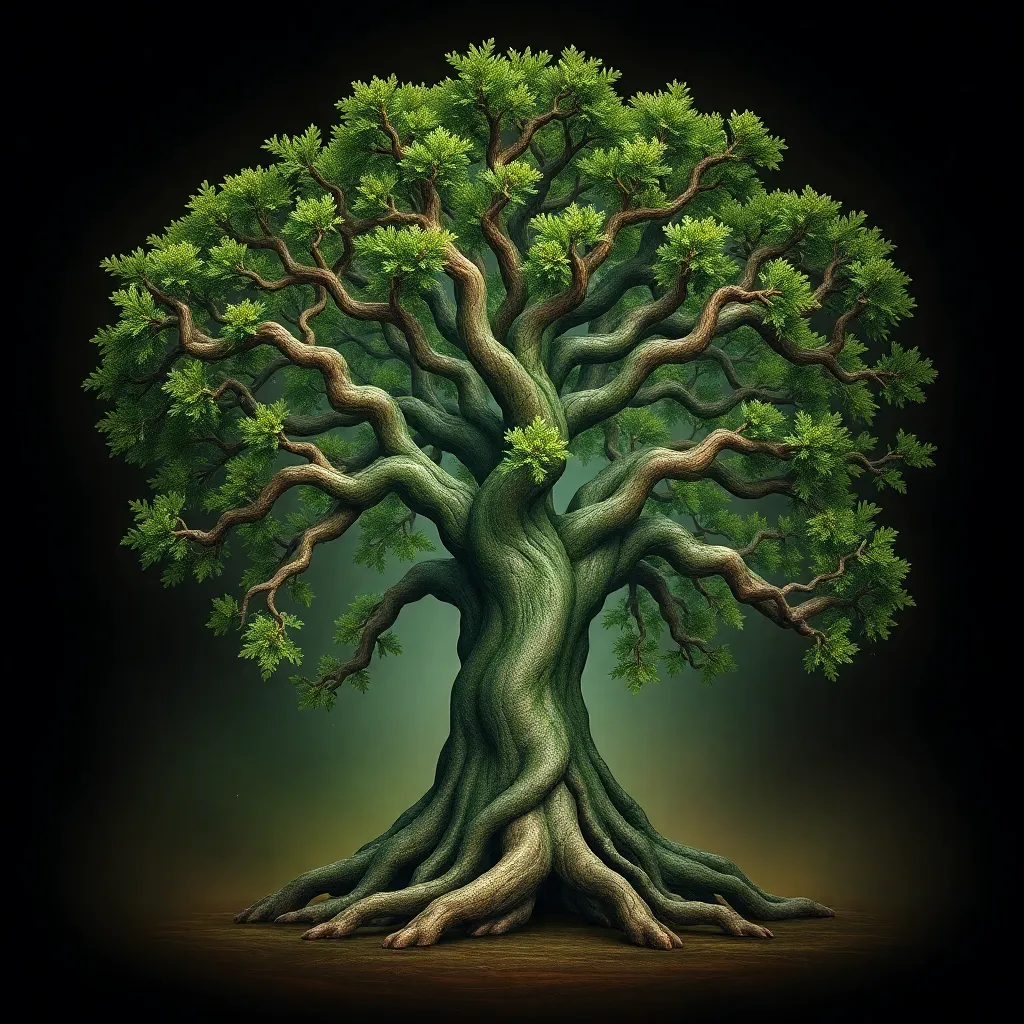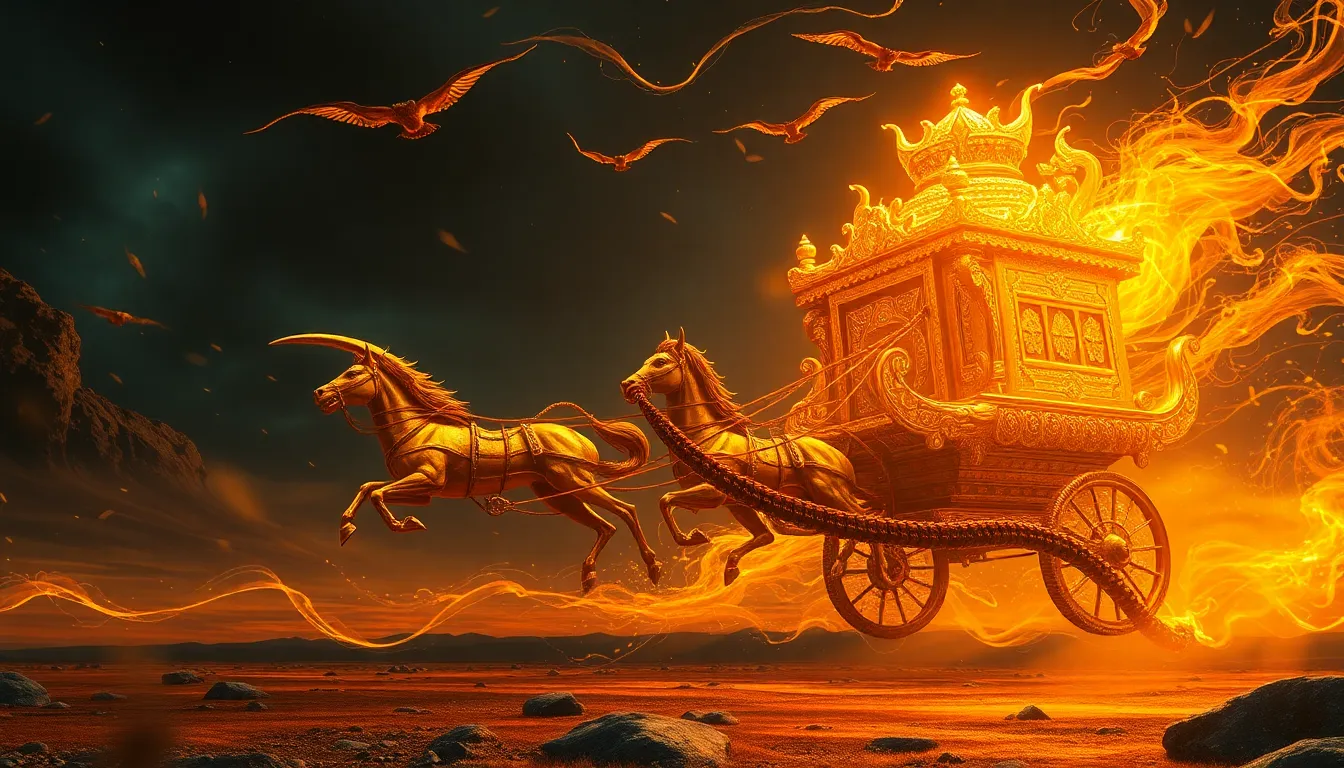The White Lady in Filipino Folklore
The White Lady, known as "La Mujer Blanca" in Filipino, is a chilling figure in Filipino folklore. This ethereal spirit is a prominent figure in many Filipino ghost stories, whispered about in hushed tones and often mentioned as a warning against reckless behavior. The White Lady is said to appear in various forms, but always dressed in a flowing white gown, often with a long, dark hair that shrouds her face.
Her presence is usually associated with misfortune and death, and she is said to be a harbinger of bad luck. The White Lady is a potent symbol in Filipino culture, reflecting deep-seated beliefs about the afterlife, the power of the supernatural, and the fragility of human life. Her legend has persisted for generations, passed down through oral traditions and woven into the fabric of Filipino storytelling.
Origins of the White Lady Myth
The origins of the White Lady myth in the Philippines are shrouded in mystery. However, it is believed that the legend arose from a combination of indigenous beliefs and Spanish colonial influences. Filipino mythology has long featured spirits and supernatural beings, often associated with nature and ancestral veneration. The Spanish colonization of the Philippines introduced Catholicism, with its own rich tradition of saints, angels, and demons. This fusion of indigenous and colonial influences likely contributed to the evolution of the White Lady figure.
Some scholars suggest that the White Lady myth may have been influenced by European folklore, particularly the legend of the White Lady in European ghost stories. These stories often depict a woman dressed in white, appearing as a ghostly apparition, usually connected with a tragic past. It's possible that these European stories, through the Spanish colonial period, blended with Filipino beliefs to shape the White Lady's image.
Variations of the White Lady Legend
The story of the White Lady is not a single, uniform narrative but rather a collection of local variations, each with its own unique details. In some versions, the White Lady is a heartbroken woman who died tragically, and her spirit wanders the earth in search of her lost love. In other versions, she is a vengeful spirit seeking justice for a wrong committed against her.
In some regions, the White Lady is depicted as a malevolent entity, a harbinger of death and misfortune. In others, she is portrayed as a more compassionate figure, offering guidance or warnings to those who encounter her. These variations illustrate the fluidity and dynamism of Filipino folklore, where stories and legends are constantly evolving and adapting to local circumstances and cultural beliefs.
Common Traits of the White Lady
Despite the variations in her stories, the White Lady exhibits certain common traits that make her a recognizable figure in Filipino folklore. These traits include:
- Appearance: The most defining characteristic of the White Lady is her attire – a flowing white gown. This white dress often symbolizes purity, innocence, and the ethereal nature of her spirit.
- Location: The White Lady is often associated with specific locations, such as old churches, cemeteries, abandoned houses, and roads. These locations are often considered to be gateways between the world of the living and the world of the dead.
- Behavior: The White Lady is often described as silent and ethereal. She may appear suddenly and vanish just as quickly, leaving behind a sense of unease and mystery.
Appearance and Symbolism
The White Lady's appearance is significant, with each detail carrying symbolic weight. Her flowing white gown can represent purity, innocence, and the ethereal nature of her spirit. It can also be linked to the mourning attire worn by women in the Philippines. The long, dark hair that often covers her face could symbolize sorrow, grief, and the mystery surrounding her past.
In some variations, the White Lady might appear as a young woman with a beautiful face, highlighting the contrast between her ethereal beauty and the ominous nature of her presence. In other versions, she might appear as an aged woman, emphasizing her long life and the wisdom she possesses. The White Lady's appearance, while unsettling, is also captivating, drawing viewers into her legend and making her a lasting figure in Filipino imagination.
The White Lady’s Role in Filipino Culture
The White Lady has a significant role in Filipino culture, symbolizing various aspects of life, death, and the supernatural. She serves as a reminder of the fragility of human life and the power of the unseen world. Her presence often evokes feelings of fear, awe, and respect. People believe encountering the White Lady is a sign of impending misfortune or a warning to change their ways. Her story is a stark reminder of the consequences of wrongful actions and the importance of living a virtuous life. She is also associated with the concept of "kapre," a Filipino word referring to the spirits of the dead.
The White Lady as a Warning
The White Lady is often depicted as a warning against reckless behavior and disrespect for the supernatural. In many stories, she appears to people who have wronged others or who have crossed ethical boundaries. Her presence is said to be a sign of divine retribution or a reminder that actions have consequences, even in the afterlife. She serves as a reminder of the importance of respecting the sacred and the power of the supernatural.
Her appearance can be interpreted as a warning to those who are about to make a wrong decision or commit an act of injustice. People in the Philippines often believe that the White Lady might be a spirit of a loved one who has passed on, appearing to warn them of danger or misfortune. This belief encourages people to live a good life, avoiding actions that might bring harm to others or disrespect the sanctity of life.
The White Lady as a Symbol of Loss
In many versions of the White Lady's legend, she is portrayed as a heartbroken woman who lost someone she loved. She wanders the earth in search of her lost love, unable to find peace in the afterlife. Her presence can be a reminder of the pain of loss and the enduring power of love, even beyond death. In some stories, the White Lady represents the grief and despair of those who have lost loved ones.
Her appearance in dreams or visions may signify the lingering presence of a loved one who has passed on, trying to connect with the living. This interpretation adds a layer of emotional complexity to the White Lady's image, transforming her from a purely fearsome figure to a symbol of love and loss.
Possible Origins of the Myth
The origins of the White Lady myth are shrouded in mystery, but several theories attempt to explain its presence in Filipino folklore. Some scholars believe the legend arose from indigenous beliefs about spirits and ancestral veneration. The Philippines has a long history of animistic beliefs, where spirits are believed to inhabit natural elements and influence daily life. The White Lady could represent a manifestation of these spirits, appearing as a warning or a guide.
Others suggest that the White Lady myth might be influenced by Spanish colonial influences. The Spanish colonization of the Philippines introduced Catholicism, with its rich tradition of saints, angels, and demons. The White Lady's image could be inspired by these figures, reflecting a blend of indigenous beliefs and Catholic influences.
The White Lady in Modern Filipino Literature and Media
The White Lady's legend continues to resonate in modern Filipino culture, finding a place in literature, film, and television. She is a popular character in horror stories and movies, often depicted as a terrifying specter, haunting the living with her ghostly presence. She has also been featured in Filipino television shows, further solidifying her place in popular culture.
The White Lady's enduring appeal lies in her ability to evoke a range of emotions – fear, sadness, and curiosity. She represents a potent symbol of the supernatural, the fragility of human life, and the enduring power of love and loss. As Filipino society continues to evolve, the White Lady's legend will likely continue to be retold, reinvented, and adapted, ensuring her continued presence in the Filipino imagination.
FAQ
What is the White Lady?
The White Lady, or "La Mujer Blanca" in Filipino, is a legendary spirit in Filipino folklore, often associated with misfortune and death. She is usually depicted as a woman dressed in a flowing white gown, sometimes with long, dark hair covering her face.
Why is she called the White Lady?
The name "White Lady" comes from her defining characteristic—her white gown. The white color symbolizes purity, innocence, and the ethereal nature of the spirit world, often associated with mourning attire.
What does the White Lady symbolize?
The White Lady is a powerful symbol in Filipino culture, representing various concepts, including:
- Fragility of human life: Her presence serves as a reminder of the ephemeral nature of life and the inevitability of death.
- Supernatural power: She embodies the unseen world and the potential for divine retribution or intervention.
- Consequences of actions: She often appears to those who have wronged others or acted recklessly, emphasizing the importance of ethical behavior.
- Love and loss: In some versions, she embodies the pain of loss and the enduring power of love, even beyond death.
Where does the White Lady appear?
The White Lady is often associated with locations considered gateways between the living and the dead, such as:
- Old churches: These places are considered sacred and may hold the spirits of those who have passed on.
- Cemeteries: These locations are directly linked to death and the afterlife.
- Abandoned houses: These haunted structures are often associated with tragedy and the lingering presence of spirits.
- Roads: Traveling at night is often associated with encounters with supernatural beings.
Is the White Lady a malevolent spirit?
The White Lady's nature varies depending on the specific legend. In some stories, she is portrayed as a malevolent spirit, bringing misfortune and death. However, in other versions, she is presented as a more compassionate figure, offering guidance or warnings to those who encounter her.



